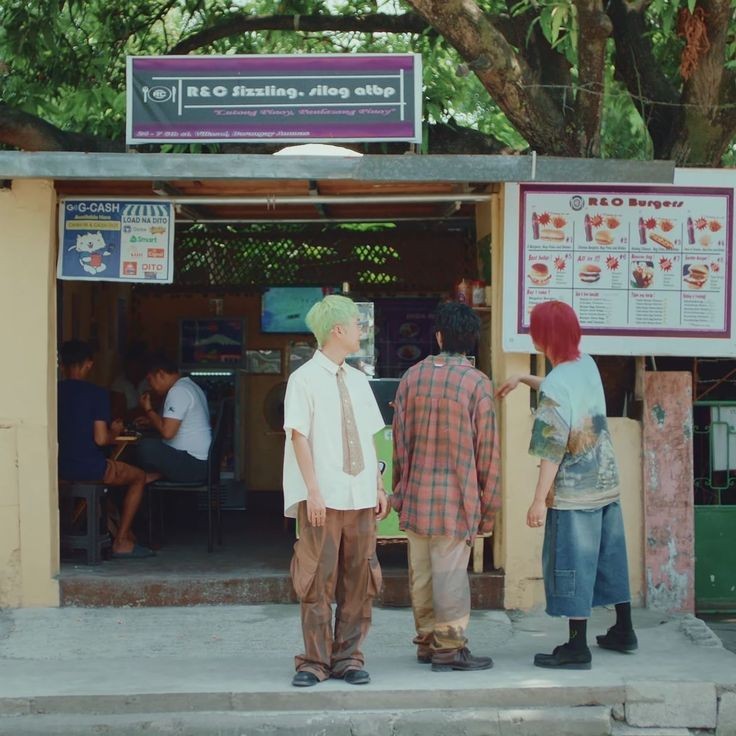Eukaryotic cells
Cards (34)
- What is the function of the nucleus?
- What are histones?
- What are the features of the nucleus?
- What is the nucleoplasm?
- What is the Nuclear envelope?
- What do nuclear pores do?
- What does the nucleolus contain?
- What is the chromatin?
- What does the mitochondria do?
- What are the features of the mitochondria and what do they do?
- What are lysosomes made by?
- What are lysosomes?
- What do the lysosomes break down?
- What is the Golgi body made out of?
- What does the Golgi body do?
- Where are ribosomes found?
- What do ribosomes do?
- What are the two types of ribosomes?
- What is the RER made out of?
- What does the RER do?
- What is the SER made out of?
- What do SER NOT have in compared to the RER?
- What does the SER contain?
- What does the SER do?
- What organelles have double membranes?
- What is the stroma made from and used for?
- What is a thylakoids' structure like?
- What happens at the thylakoids?
- What is a grana?
- What are intergranal lamella?
- What is the endosymbiotic theory?
- What are the cell walls in algae made from?
- What are the cell walls in fungi made from?
- What is the structure of a cell vacuole?
